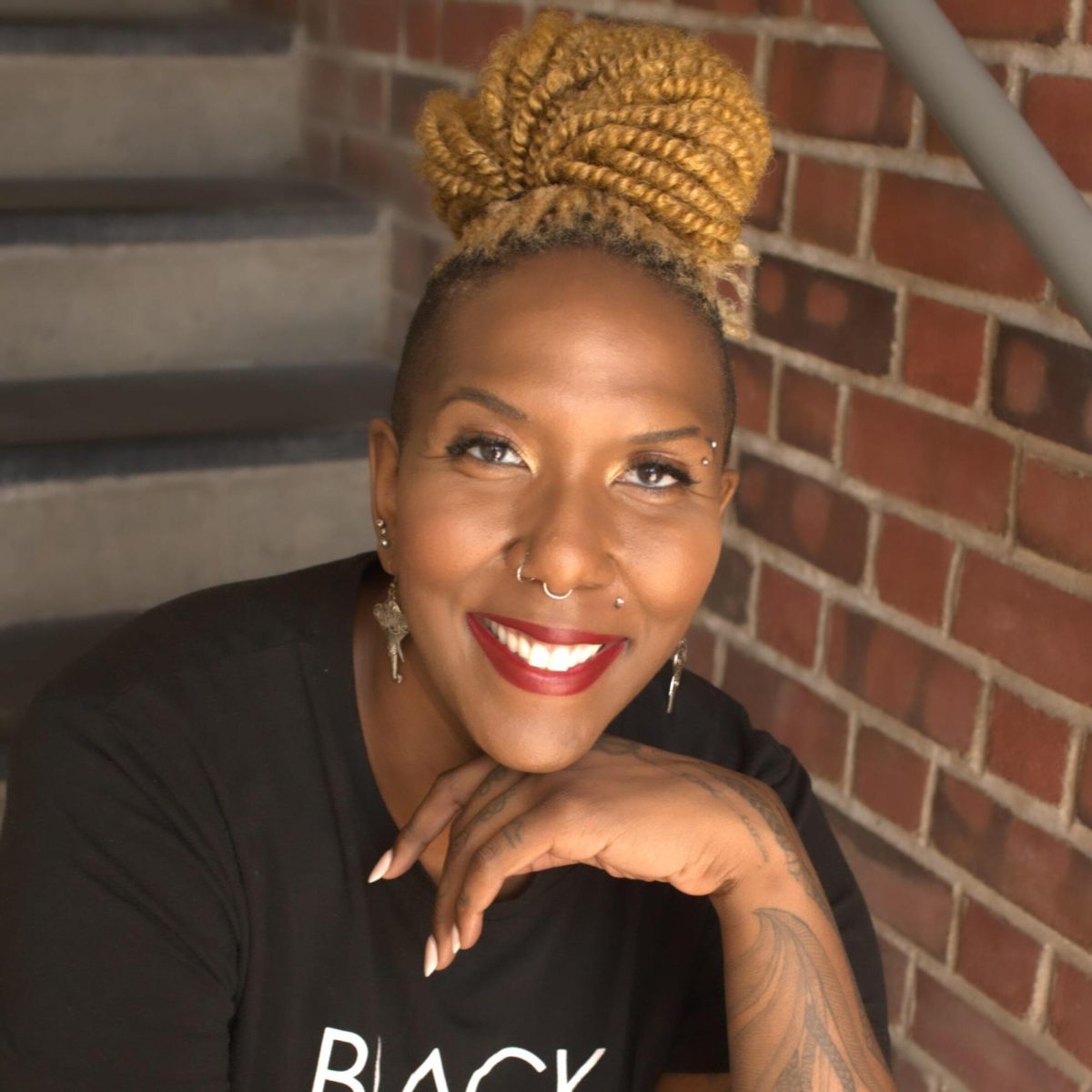U.S. District Judge Charles P. Kocoras is in the process of reviewing the Desegregation Consent Decree of 1980, an act that requires desegregation in all Chicago public schools, the reversal of which could have a tremendous effect on integration in public schools and the ability of minorities to get a premium education.
In the wake of the groundbreaking Brown v. Board of Education Supreme Court decision in 1954, which declared separate but equal education for different races unconstitutional, several cities passed consent decrees that attempted to enforce the decision. “The city of Chicago, where segregation and discrimination have long been prevalent, and overlooked, never had a court order requiring desegregation until the 1980 Desegregation Consent Decree,” said Gary Orfield, a former University of Chicago professor and co-author of a new study which shows that the city of Chicago still has one of the most segregated school systems in the nation.
When the desegregation act was finally passed, there were still several civil rights groups that were not allowed to participate in the formation of the agreement. Since that decree was passed, there has been a national movement to get rid of such decrees, which are viewed by many as dated and ineffective.
In the past decade there have been several Supreme Court decisions which “view racial integration not as a goal that segregated districts should strive to attain, but as a merely temporary punishment for historic violations, an imposition to be lifted after a few years,” Orfield wrote in his book Dismantling Desegregation: The Quiet Reversal of Brown V. Board of Education.
Several other states have been hostile to such decrees, and now the City of Chicago is contemplating whether or not to keep the Desegregation Consent agreement.
“The two goals originally set out by the decree were the desegregation of Chicago public schools and the general improvement of education in racially divided areas,” said Julie Woestehoff, of Parents United for Responsible Education.
However, according to Woestehoff, the latter part of the agreement has not been achieved. “Currently, the magnet high schools are attracting mostly Caucasian students, and taking advantages away from neighborhood schools which are primarily made up of minorities,” Woestehoff said.
One of the chief arguments for the dismantling of the decree is that only 9.6 percent of Chicago public school students are white, since private and parochial schools draw many potential white public school students. Such statistics have led many to believe that desegregation is not necessary, while others view the lack of whites in the public school system to be the very problem.
The Harvard University Civil Rights Project recently issued a study that showed that Chicago has the lowest number of white public school students of the five largest urban school districts in the nation.
In 1995 the Supreme Court decision Missouri v. Jenkins blocked attempts to attract white suburban children from private and public schools to urban areas that had a low percentage of white students.
“If the public schools were to improve the quality of education in order to attract suburban students there would be an increase in integration of whites amongst city public schools,” Woestehoff said. “If minorities were to be viewed on an individual basis, separating blacks, Latinos, Asians, and others from each other, rather than placing them into one group, integration amongst all races, not just black and white, would be able to be addressed more thoroughly.”
Another major concern of the decree is the lack of involvement of civil rights experts on the side of the Chicago Board of Education.
“Civil rights groups are being excluded from partaking in defending the decree, and therefore the rights of minorities are not being accurately represented,” Orfield said in a phone interview. “I would like to see Judge Kocoras consider every possible remedy to the segregation problem, rather than dismantle the decree, and appoint private experts to find the best possible solution to the problem.”
Judge Kocoras declined to comment while the case is still pending.
Several Hyde Park high schools have a different view on the importance of the decree and how much it will affect segregation in Chicago public schools.
“The decision on the desegregation decree will not heavily impact our school,” said an assistant principal of the Kenwood Academy in Hyde Park, explaining that the school has a high minority population with few whites, but maintains “a very desegregated atmosphere.”
According to the assistant principal at Kenwood, the ratio of minorities to whites is merely a representation of the demographics of the student body, which comes primarily from minority neighborhoods. The schools’ magnet language component, including only a small percentage of the 800 students who attend the school, also reflects this ratio, despite claims that magnet programs are excluding minorities.
The Hyde Park Career Academy, a neighborhood school with a magnet and International Baccalaureate component to it does not see segregation as a major problem.”We’ve had no problem with desegregation, and our racial composition is merely a reflection of our demographics,” said the principal of the Hyde Park Career Academy, which has more minorities than whites in both its regular and magnet programs.
With the decision still pending, and many groups still unsure how best to address the historic problem, there remains a great deal of discussion and action to be taken. Whether or not Kocoras decides to eliminate the decree, or to attempt to revise it and keep the promises that were made in the original agreement, is yet to be determined. Either course will drastically change the way in which the Chicago Public School system handles the city’s current concerns over segregation.
A decision is expected in late February.









